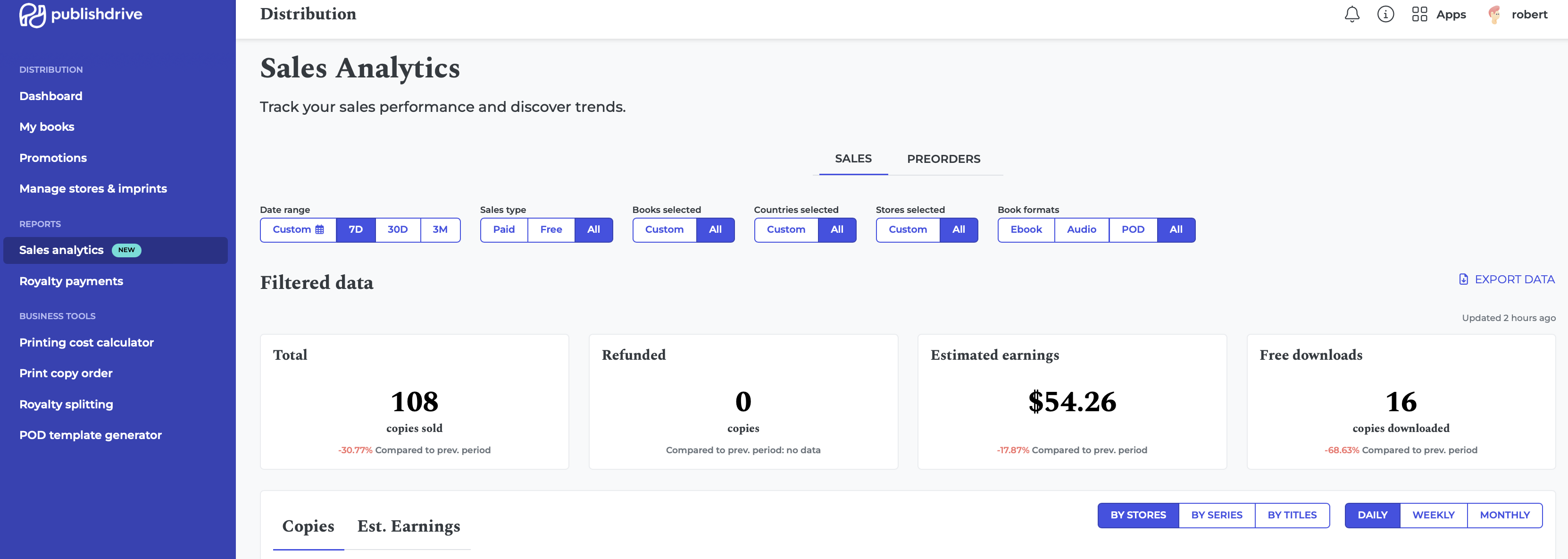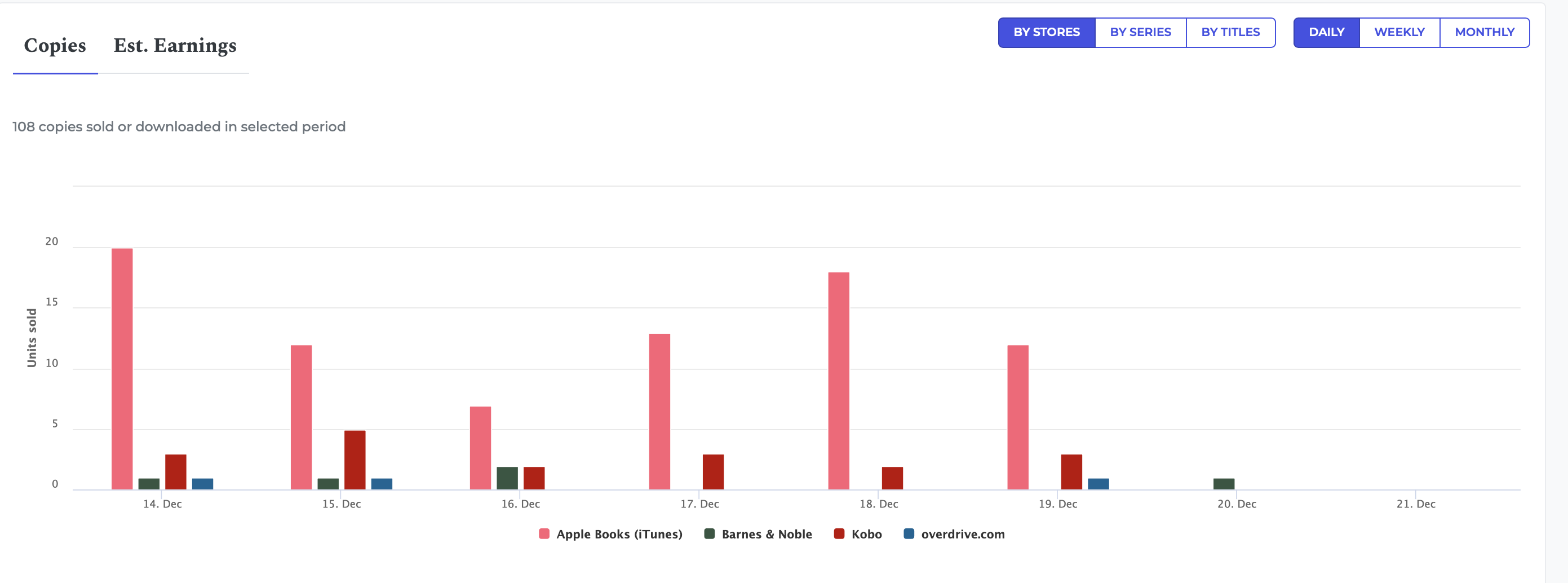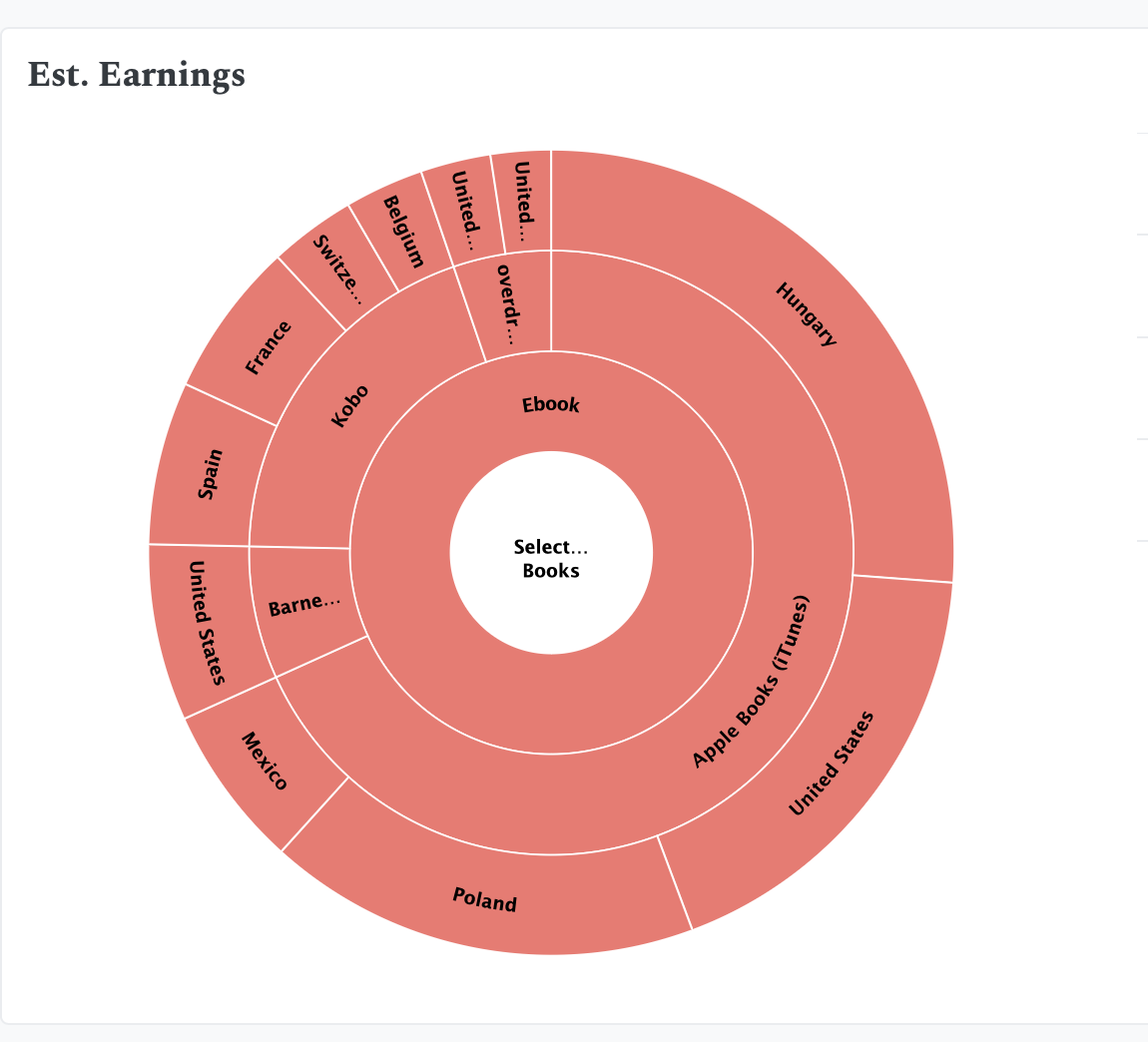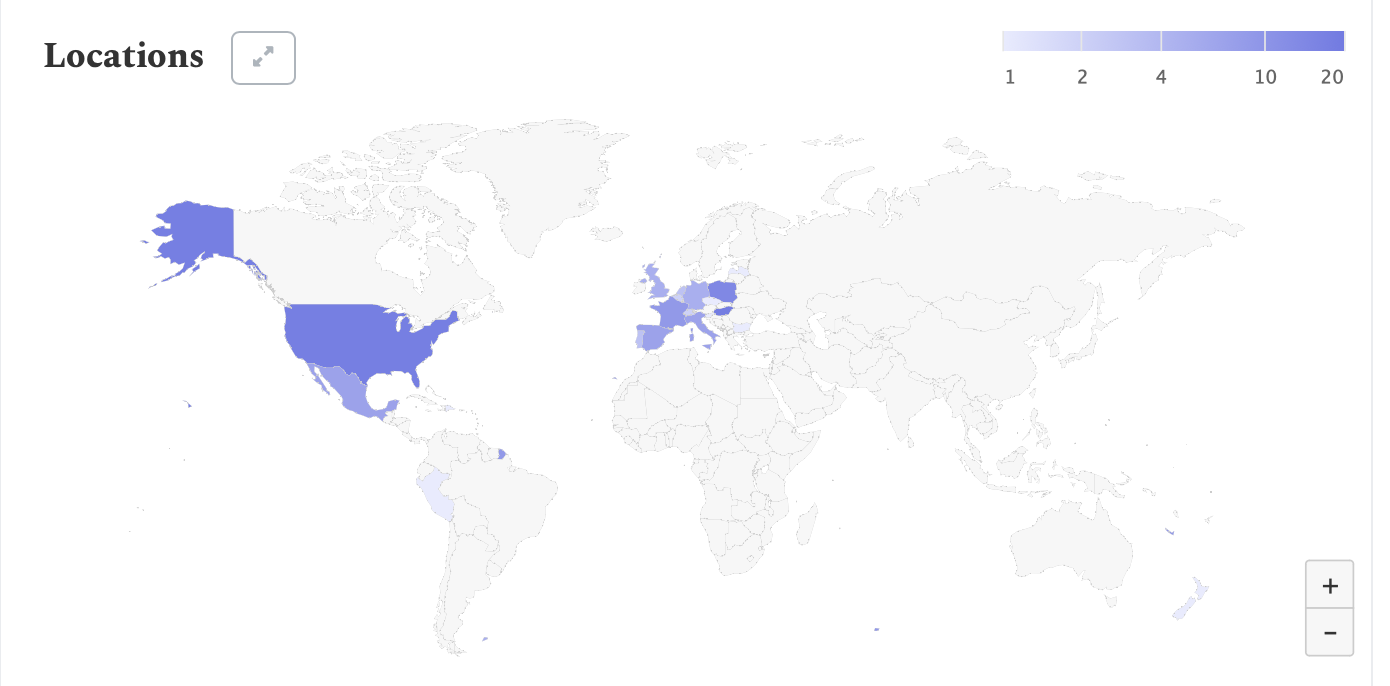How to Use Strategic Pricing Models in Publishing

Navigating pricing models in publishing is complex yet crucial for business sustainability. Many publishers rely on cost-based price increases, often preventing them from addressing pivotal consumer needs. To use your best pricing strategies, you've got to understand consumer behavior, craft a compelling value proposition, and adopt competitive pricing models.
Let's talk about what all of this means. ↓
Key points:
- Modern Monetization calls for dynamic, consumer-focused pricing strategies, balancing price elasticity with data analytics. You've got to profile your audience and paying customers.
- Successful pricing strategies focus on understanding competitors’ rationale and seeking untapped opportunities, rather than merely matching or undercutting prices.
- PublishDrive equips authors and publishers with sales analytics tools, providing detailed market insights into book sales across stores and countries.
This article goes over:
1. Modern Monetization Methods
Determining the right pricing strategy is more than a financial decision; it's a nuanced art that balances consumer expectations with revenue optimization. Traditional methods, often centered around cost-based increases, no longer suffice in a rapidly evolving market with digital advancements and shifting reader behaviors.
Decision-makers are required to pivot towards more dynamic, consumer-focused approaches. A pricing strategy encompasses policies to determine its product and service charges, generally categorized into cost-based, competition-based, and value-based pricing.
Understand price elasticity
Price elasticity, a measure of how demand changes with price variations, is a cornerstone in developing effective pricing strategies. Price elasticity can vary significantly in publishing based on book genre, author popularity, and book format.
A deeper understanding of price elasticity helps publishers determine how much they can adjust prices without adversely affecting sales volumes. This knowledge is crucial for revenue optimization, ensuring that price changes lead to maximum profitability.
Consider subscription models
One significant shift in monetization strategies is the rising popularity of subscription models. This approach, inspired by successful platforms like Netflix and Spotify, offers readers unlimited access to a vast library of titles for a regular fee.
For publishers, subscription models present an opportunity for consistent revenue streams and deeper engagement with their audience. These models also offer valuable data on reader preferences, allowing for more tailored marketing and pricing strategies.
Leverage data for revenue optimization
Data analytics plays a pivotal role in modern pricing strategies. Publishers can make informed decisions that optimize revenue by analyzing sales data, consumer trends, and competitive pricing.
This data-driven approach allows for experimentation with various pricing models, including tiered pricing for different book formats and dynamic pricing based on demand and seasonality. The key lies in finding a sweet spot where the price aligns with the perceived value in the consumer's mind.
Monetization strategies beyond book sales
If you are a publisher or an author looking for ideas to boost your sales, these monetization strategies are worth exploring.
- Bundling and cross-selling
You can encourage larger sales volumes by packaging books with complementary products or offering discounts on series purchases.
- Special editions and extras
Try offering limited editions or additional content at a premium price, catering to dedicated fans and collectors.
- Licensing and partnerships
Collaborate with other brands or platforms to expand reach and explore new revenue channels.
- Adapting pricing to digital realities
Digital formats often come with different cost structures and reader expectations, requiring a flexible approach to pricing. The ease of accessing digital content opens up opportunities for global market penetration, which can further complicate the pricing equation. So, be flexible.
2. Sales Insights with PublishDrive
As an author or publisher, you can access critical sales information from your PublishDrive dashboard. Head under Sales Analytics to see real-time sales info as well as other marketing insights across stores and countries. We aim to help you understand your sales performance and make better informed decisions in your publishing journey.

Filter your data
Filter various aspects of your data:
- Date
- Sales type (free or paid)
- Specific books or series
- Countries
- Stores
- Formats (sales and preorders)
You can examine your earnings, filtering them by stores or series and displaying the results by daily, weekly, or monthly.

NOTE: Our charts may not show every sale you made up to date. This is due to receiving data at varying times from different stores. Learn more about different sales schedules.
Know where you’re getting the most growth
You can also investigate your bestselling titles and series. Additionally, you can see which countries you are achieving sales from.

Understand sales dynamics and trends across your publishing wide strategy.

To download reports, you can get an Excel file at the click of a button. You can keep track of the following categories:
- Sale date
- ISBN
- Author
- Title
- Series
- Transaction type
- Quantity
- Unit price
- Unit price currency
- Royalty unit price
- Royalty unit price in own currency name
- Royalty unit price in own currency
- Royalty unit price currency
- Customer rate
- Store
- Country of sale
- Book format
- Adult content
- Royalty unit price USD
- Royalty all USD
- Royalty all currency
- Printing cost USD
Capitalize on your data
Turn your data into knowledge and even more sales by using PublishDrive’s Promotions tab. Book promotions offer authors and publishers a strategic advantage in a crowded market, ensuring their work reaches a broader audience and garners increased attention.
3. Audience and Customers Profiling
Successful pricing strategies hinge on a deep understanding of the ideal customer and the actual customer. It's about aligning your pricing models with your audience’s needs and financial capabilities while considering who ultimately buys your content.
Identify your ideal customer
At the heart of any successful pricing strategy lies a fundamental question: Who is your audience?
Recognizing and defining your ideal customer is pivotal in determining the optimal pricing for your content. This understanding directly influences customer retention and brand development strategies. Knowing your audience's financial capacity and willingness to pay is crucial in setting realistic and profitable prices.
Distinguish between the consumer and the payer
A common oversight in the early stages of content creation and publishing is not recognizing that the consumer of your content may not always be the one paying for it.
Understanding who is paying the bill can significantly impact your pricing structure. Be aware if and when an employee or business owner expenses your content as a business expense. In such cases, the company absorbs the cost rather than the individual, allowing for a more premium pricing rate.
Understanding these audiences and finding the proper way to target them enables publishers and content creators to set higher prices.
4. Competition and Positioning
Publishers and authors addressing similar topics or reaching the same audience as you do not necessarily pose a direct competitive threat.
The digital landscape is vast enough to accommodate a multitude of voices within the same niche or industry. The key is to observe and learn from these competitors while carving out your unique angle in the market.
Develop a smart pricing strategy
Pricing strategies should not be solely focused on emulating or undercutting competitors. Instead, a more insightful approach involves understanding the logic behind competitors' pricing, recognizing why their audience values them, and identifying opportunities they might have overlooked.
Gaining a deeper understanding of your niche helps assess potential audience size, market rates, and reader preferences. This knowledge is crucial in shaping a pricing strategy that is both competitive and appealing to your target audience.
Evaluate the effectiveness of your pricing
Determining the correct pricing involves balancing several factors:
- Conversion and retention balance: Are new paid members joining and staying? Discrepancies in these metrics can indicate a need to adjust pricing for optimal value capture.
- Achievement of business goals: Are you meeting your objective? If you cover costs and grow, your pricing strategy is likely adequate. Conversely, if these goals seem unattainable, consider significant changes.
- Overall revenue growth: A consistent upward trajectory in revenue is a clear indicator of success.
Value-Driven Pricing in Publishing
Publishers who balance price increases with substantial value propositions are positioned for success. They can optimize revenue growth and expand their market presence by aligning pricing strategies with innovative marketing tactics and editorial enhancements.
This approach not only aids in customer retention and brand development but also justifies higher prices, ensuring a sustainable and profitable path forward in the publishing industry.